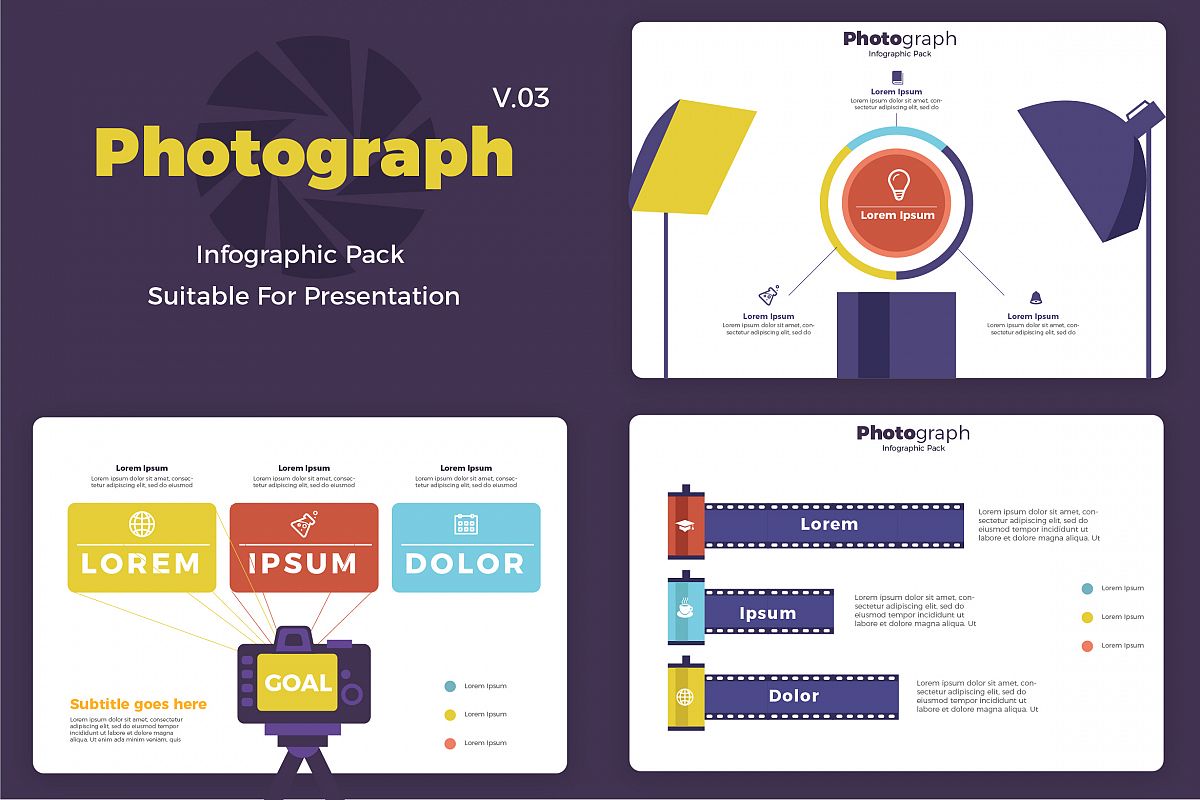What Every Professional Photographer Ought To Know About Illumination
What Every Professional Photographer Ought To Know About Illumination
Blog Article
Write-Up Composed By-Greenwood Isaksen
As a digital photographer, you know that lights can make or damage your images. Comprehending the subtleties of both natural and artificial light is important for catching the mood and clarity you go for in your job. Whether you're chasing the perfect gold hour glow or tweak your man-made setups, mastering these components can elevate your photography dramatically. However there prevail pitfalls that lots of ignore, and recognizing them can change your strategy to every shoot. Allow's discover what you may be missing out on and exactly how it can influence your outcomes.
Understanding All-natural Light
Comprehending all-natural light is essential for any professional photographer aiming to enhance their job. It's the foundation of terrific digital photography, influencing state of mind, tone, and clearness. When you fire outdoors, take notice of the time of day. The gold hour-- quickly after daybreak and prior to sundown-- supplies soft, cozy light that can transform normal scenes into spectacular pictures.
Don't underestimate the power of cloudy days. Cloud cover diffuses sunlight, developing a soft, even light that's best for pictures and macro photography. You'll locate shades pop in this type of illumination without severe shadows.
Placing matters, also. Constantly consider your subject's orientation to the light source. If get redirected here 's behind your topic, you may wind up with a silhouette, which can be significant but mightn't be what you desire. Conversely, straight sunshine can produce unflattering darkness.
Explore angles; often, changing your perspective can generate amazing outcomes. Usage all-natural reflectors, like water or sand, to jump light onto your topic, adding measurement.
Learning Artificial Light
Grasping fabricated light is essential for photographers who want to take their abilities to the next level. Whether you're making use of speedlights, workshop strobes, or continual lights, recognizing exactly how to control these resources can dramatically improve your pictures.
Beginning by https://www.automobilemag.com/news/expert-car-photo-tips/ on your own with the fundamentals of light high quality, direction, and color temperature level. Experiment with different modifiers like softboxes, umbrellas, or grids to manage the soft qualities or violence of the light.
https://postheaven.net/charlie45keli/checking-out-the-world-through-the-lens-travel-digital-photography-basics 'll locate that soft light commonly produces complementary results, while harsher light can add drama and depth. Do not shy away from darkness; they can enhance the three-dimensionality of your subjects.
Pay very close attention to the positioning of your lights. A light positioned too near to your topic can develop unflattering results, while too far away can result in a lack of information. Make use of a light meter or your electronic camera's pie chart to ensure you're exposing correctly.
Last but not least, bear in mind that fabricated light can be combined with ambient light for innovative impacts. Balancing these sources could take technique, once you master it, your digital photography will genuinely radiate.
Techniques for Various Scenarios
When you step into different shooting circumstances, adjusting your lighting methods is essential for capturing the most effective photos. For outside pictures, utilize the gold hour-- morning or late afternoon light-- to soften darkness and enhance complexion.
If Jen Worley Photography 's a rough noontime sun, take into consideration making use of a reflector to jump light back onto your subject or seek shaded locations for a much more also exposure.
In low-light circumstances, like interior occasions, increase your ISO and utilize a large aperture to let in even more light. A tripod can assist remove camera shake, allowing for longer direct exposures without obscuring.
If you're shooting at night, try out off-camera flash to produce dynamic lighting and deepness in your images.
For item digital photography, make use of diffused lights to avoid rough reflections. Softboxes or light outdoors tents can assist achieve this effect.
When photographing landscapes, consider the instructions of light and time of day, as it can significantly transform the state of mind of your shot.
Constantly prepare to change your setups and placing based on the scenario, as flexibility is vital to understanding lights in digital photography.
Verdict
In conclusion, mastering illumination is essential to raising your digital photography abilities. Welcome natural light's charm throughout golden hour, and don't avoid trying out artificial light methods. By adjusting your technique to various situations, you'll catch stunning images that resonate with emotion and clearness. Bear in mind, the ideal illumination can transform an average shot into something remarkable, so maintain practicing and fine-tuning your understanding of both all-natural and artificial light. Happy shooting!
